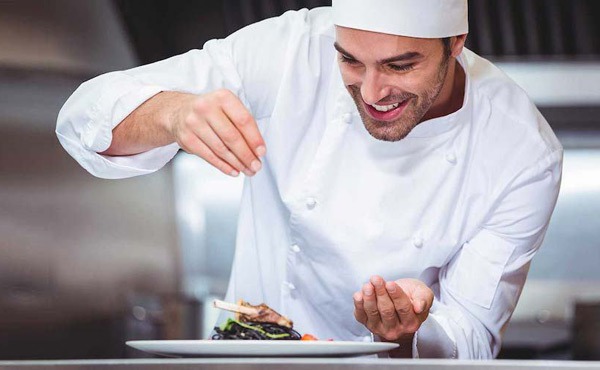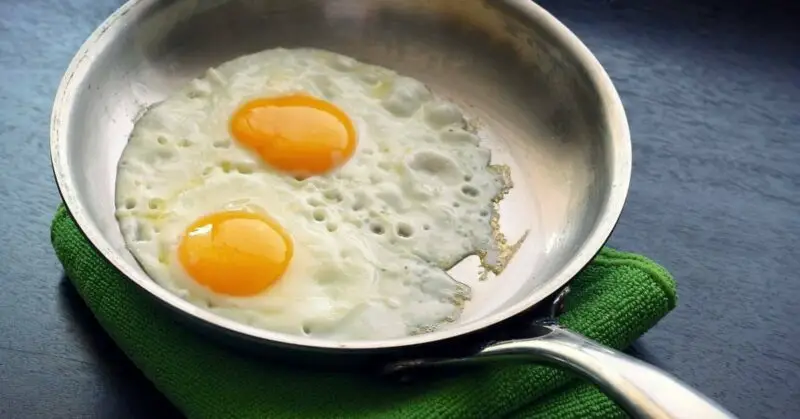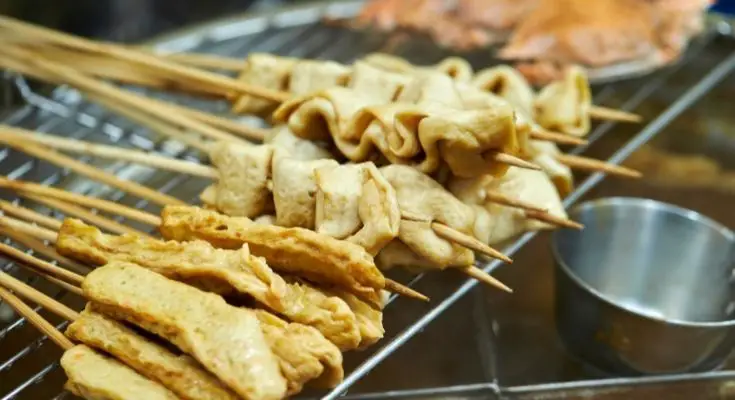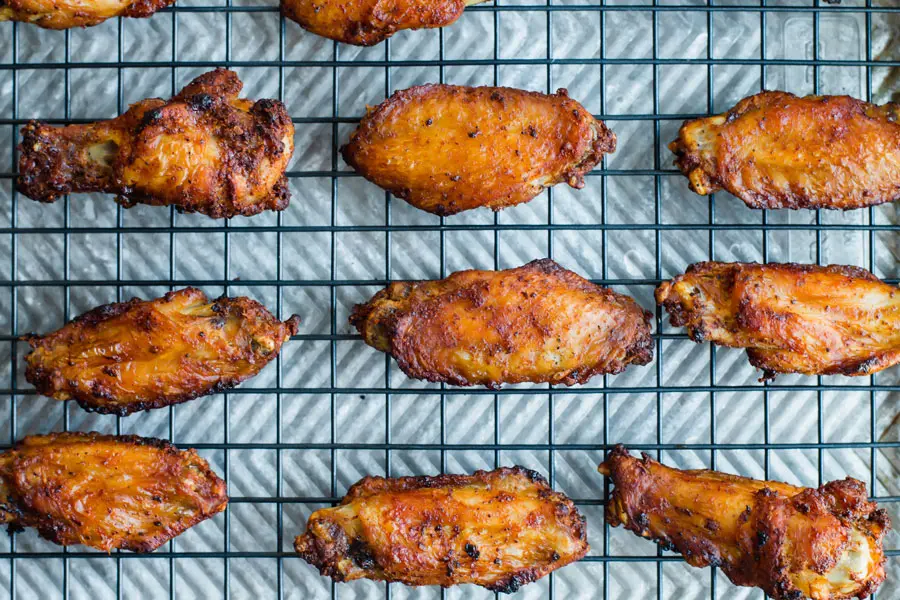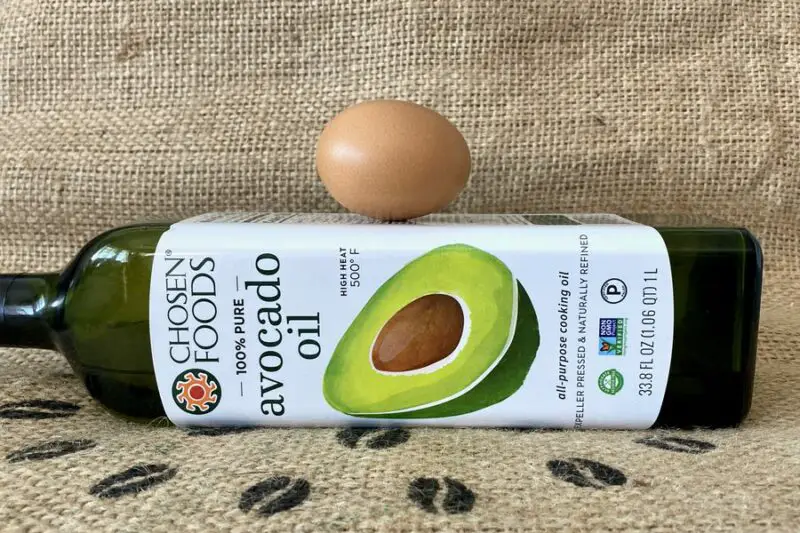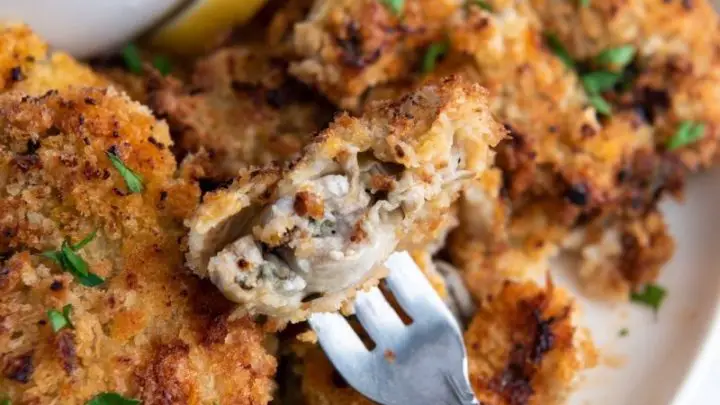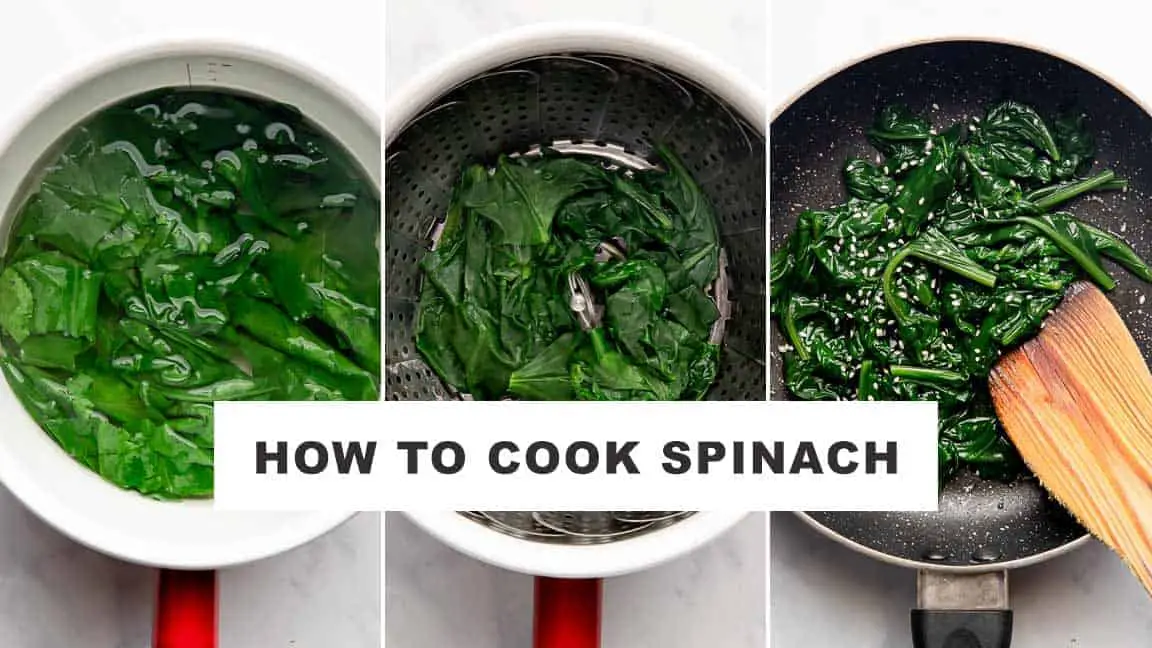How to Dress for a Cooking Class: Tips and Tricks
Cooking classes can be an exciting, informative, and entertaining way to learn new culinary skills or techniques. However, the choice of clothing you wear to the class can play an essential role in your overall comfort and performance.
The right attire can boost your confidence and help you concentrate on the cooking activities, while the wrong one will distract you and undermine your cooking experience. This guide aims to provide some helpful tips and tricks on how to dress appropriately for a cooking class.
Introduction
Preparing for a cooking class is not only about gathering ingredients or recipe cards; it’s also about getting yourself ready for the occasion. First impressions matter, and dressing appropriately can help you make a good impression on instructors and fellow students.
Knowing what to wear may seem intimidating, especially if it’s your first time attending a cooking class. Here are some common misconceptions about dressing that we’d like to dispel:
- You don’t have to dress like a professional chef: Professional chefs may wear a uniform or specific attire during their work hours. For most cooking classes, comfortable casual wears are ideal.
- Cooking classes are not fashion shows: It is understandable that you want to look good, but functionality takes precedence over style in this case.
- Hygiene is key: Personal hygiene plays an essential role in a cooking environment. Inappropriate clothing choices can pose health or safety risks during food preparation or cooking activities.
To dress correctly for a cooking class, you need to strike a balance between comfort, functionality, style, hygiene requirements while adapting to any dress codes required by the school.
Dressing for Comfort and Hygiene
Cooking activities require movement and physical activity. Your clothing choices should take into account movement, comfort, hygiene, and safety.
Choosing comfortable clothing
Comfort is key when selecting a cooking class outfit. You may be standing or moving around for an extended period, so it’s best to select clothing that won’t restrict your movement or cause discomfort.
Opt for loose-fitting clothing to allow you to move freely and avoid tight clothes that can obstruct circulation. Clothes made from stretchy and breathable materials such as cotton, linen, or jersey can be ideal.
Materials to consider in selecting clothes to wear in cooking classes
During cooking classes, you may expose yourself to hot surfaces or liquids. Choosing the right material can help avoid spills or damage from hot surfaces.
Materials such as denim and wool are not suitable for cooking classes as they are thick and can generate heat quickly. Instead, opt for lightweight fabrics that offer breathability such as:
- Cotton: Considered one of the most versatile fabrics due to its breathable nature and ease of maintenance.
- Linen: Known for its cooling properties and excellent ability to wick moisture away, making it an ideal summer fabric.
- Rayon: Offers a soft feel similar to silk but at a lower cost.
- Nylon/polyester blends: These blends offer added durability, resistance to water or oil stains, quick-drying properties making them ideal for kitchen wear.
Proper footwear
Wearing proper footwear during cooking classes can help ensure safety and hygiene. Footwear choices should provide adequate support, slip resistance, and protect your feet from accidental spills or burns.
Avoid open toes sandals or flip-flops and instead opt for closed-toe shoes with non-slip soles such as clogs, sneakers, or low heels designed for comfort.
Donning an apron
Putting on an apron can help keep your clothes free from food or cooking residue. An apron will also create a layer of protection between your clothing and the food you are handling, ensuring proper sanitation.
Look for an apron that fits well and is long enough to cover your legs and torso. Aprons tied around the waist can offer more flexibility when moving around and keep the fabric away from hot surfaces or open flames.
Style Meets Functionality
Cooking classes do not mean that you have to leave behind your personal style. However, incorporating style into your outfit should not compromise the functionality required of kitchen wear.
Outfit accessories that enhance functionality and style
Simple accessories can elevate the look of your cooking class attire without compromising practicality.
Choosing practical bags or purses
A compact shoulder or crossbody bag can be a great option for carrying smaller items such as a recipe card, cellphone, or wallet during a cooking class. A backpack or tote bag can be ideal for carrying larger appliances or food items you may need during the class.
Selecting accessories that can keep you comfortable during the class (such as hairbands)
Hairbands or scrunchies can enhance the comfort of your outfit by preventing hair from falling onto food or interfering with kitchen equipment.
Picking flattering clothes while still maintaining functionality
Simple fashion choices like selecting clothes with colorful patterns or incorporating statement earrings can add personality to your cooking class attire without conflicting with practicality.
Dress Code Requirements and Etiquette During Cooking Classes
Different cooking schools may dictate dress code requirements for their students. Familiarizing yourself with the school’s dressing standards is essential when preparing for a cooking class.
You may also need to consider any pandemic guidelines when attending classes. Here are some general dressing etiquette guidelines you might find useful:
Interacting with the instructor and fellow students in a proper manner
When attending a cooking class, ensure your hygiene is spotless. Avoid wearing scented perfumes or lotions that can be overpowering. These fragrances might irritate other students who may have allergies or sensitivities to fragrances.
Rules regarding loose clothing, hats, or open-toed shoes
Loose-fitting clothes could get caught in kitchen appliances, potentially causing accidents. Avoid hats or excessive jewelry that may interfere with your movement when cooking. Refrain from wearing open-toed shoes or sandals as they do not provide enough protection for feet from hot liquids or oil spills.
Personalizing Your Style
Cooking classes should be an opportunity to experiment with different types of recipes and techniques, and there’s no law against experimenting with style. Using your personal style to enhance your cooking class attire can make the experience more enjoyable.
How to infuse your personal style into your cooking class outfit
Adding color to your outfits or incorporating accessories that showcase your personality can create visual interest while still keeping practicality in mind.
Incorporating color into your outfit
You don’t have to stick to neutral colors or dull hues for kitchen wear. Select clothing with bright colors or bold prints to elevate your outfit and add flavor to your lessons.
Accessorizing without hindering functional needs.
Accessories such as bracelets, watches, and rings might obstruct efficient handling of kitchen apparatus. However, wearing simple stud earrings or a statement necklace can complement your outfit without interfering with functionality.
Dressing Tips Based on Type of Cooking Class
Different types of cooking classes require specific dressing considerations for optimal comfort and safety throughout the class sessions. Factors such as heat exposure, ingredients handling, and sanitation requirements are crucial when determining what outfit will be suitable for specific cooking classes.
Understanding the different types of cooking classes (baking vs. pastry vs. Thai cuisine)
Different types of cooking classes require varying dressing codes, depending on the focus or technique demonstrated in class.
Tailor-fitting your outfit based on the type of cuisine
Depending on what you’ll be making during the class, you may need to wear specific clothes that align with the requirements needed for preparing those meals.
For instance, when preparing baked goods such as bread or pastries, a longer apron is useful to cover your front from any flour or dough getting stuck to your clothes during processing. If you’re making Thai food that requires active movement like vigorous stir-frying, opting for stretchy pants and comfortable footwear can be ideal.
Clothing materials to consider for specific cooking classes (heat-resistant materials)
Some culinary activities may expose you to heat sources; choosing items made of heat-resistant materials can help avoid accidental burns or injuries. Materials such as silicone and Kevlar are often used in aprons and gloves designed to protect against high heat exposure.
What Not To Wear
While you might be tempted to wear trendy outfits, some clothing items could endanger your safety or disrupt hygiene standards during cooking sessions. Here are some dressing choices you should avoid:
– Loose jewelry that could get caught in machines
– High heels or wedges that could increase the risk of slipping and falling
– Clothes with long flowing sleeves, scarves, or ties that could catch fire
– Clothing with drawstrings
– Synthetic materials that can easily catch fire
Packing the Perfect Outfit
Like any other trip, packing for a cooking class requires sufficient planning and organization. Here are some things to keep in mind when packing for a cooking class:
What to pack in your bag or suitcase when attending a cooking class
Make sure to pack the following essential items before heading for your cooking class:
– Comfortable shoes with non-slip soles
– Protective clothing, such as an apron
– A hair tie or band
– Extra clothes if possible: Mishaps can occur during cooking classes, and it’s best to have spare outfits when accidents happen.
Preparing for additional clothing needs (in case of spills or accidents)
You might need to bring extra clothes or a change of outfit in case of spills or accidents. Dark-colored materials may be helpful in hiding visible stains.
Tips for packing clothes without damaging them
When packing your outfit for a cooking class, ensure you fold your clothes carefully. Avoid cramming your clothes into confined spaces that could create wrinkles or damage the fabric.
What to do when you don’t know what to wear
If you’re still unsure of what to wear to a cooking class or need clarity on dress codes, here are some things you could do:
How to contact the school for dress code rules
Reach out to the school customer service representatives via phone, email, or through their website.
Guidelines on how to dress according to the occasion
If you’re attending a theme-based cooking class, aligning your outfit with the event’s theme can add some fun moments during the event.
Tips on mixing and matching
Mixing different pieces of clothing and accessories can help create unique styles but stay mindful that functionality always takes priority over aesthetics.
Conclusion
Cooking classes are a great way to learn new culinary skills while having fun with like-minded individuals. Dressing appropriately is vital when attending any cooking class. Selecting comfortable, safe, and practical clothes should be your primary goal while adding personal style that showcases your personality. Remember to follow any dressing codes set by the cooking school instructors to ensure a smooth learning process. Apply these tips beyond cooking classes to other activities that require movements and physical activity.
Frequently Asked Questions
What should I wear to a cooking class?
When dressing for a cooking class, it’s important to wear comfortable clothing that allows you to move freely. Opt for clothes made of lightweight, breathable fabrics, and avoid anything too tight or restrictive. Closed-toe shoes with non-slip soles are also a must to prevent any accidents in the kitchen.
Should I bring an apron to my cooking class?
Yes, it’s always a good idea to bring an apron to a cooking class. Not only will it protect your clothing from spills and stains, but it also adds an extra layer of hygiene in the kitchen. Some cooking schools may provide aprons, but it’s best to check ahead of time to make sure.
Can I wear jewelry or accessories to a cooking class?
While it’s not completely necessary, we recommend avoiding wearing jewelry or accessories during a cooking class. This is because they can easily get caught on equipment or fall into food, causing possible safety hazards and contamination. If you do choose to wear something small like earrings or a watch, make sure they’re secure and won’t interfere with the cooking process.
What should I do if I’m unsure about what to wear?
If you’re unsure about what to wear to a cooking class, don’t hesitate to reach out to the instructor or school for guidance. They’ll be happy to give you advice on what type of clothing is best suited for their particular class. Remember, dressing appropriately will not only enhance your comfort and safety but also your overall learning experience.
